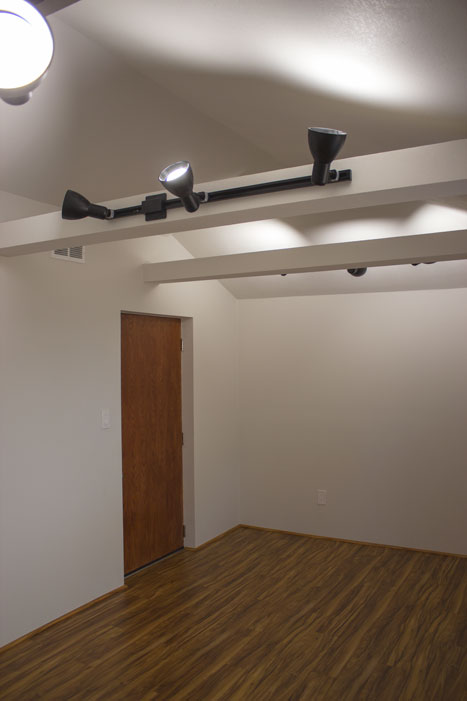

One is that the batt balloons out a little to the front, creating a significant airspace behind it. So what happens to the additional inch-and-a-quarter? It gets squeezed into the corners. In practice, I would say that a 1/4-inch of extra width would be enough to provide the friction fit.
Ultratouch sound control system full#
So a full 1.5 inches of the stuff is added on for a "friction fit." I wasn't expecting this when I opened the package, but I was willing to give it a try. Meanwhile, the standard 16-inch on-center stick-frame wall that I had built has a stud cavity that is 14.5 inches wide.

Indeed, the insulation I bought is a full 16 inches wide. To quote the website: "UltraTouch is manufactured in oversized widths to ensure a tight friction fit and fill capacity." According to Bonded Logic, the makers of Ultratouch, this is a feature, not a bug. When I asked the Ultratouch reps about this problem they told me that they haven't had such problems. They encouraged me to give my feedback to Ultratouch. They noted that the larger R-19 batts seemed to fluff up better. The people I bought it from at Renew were concerned. That massive air cavity (which remember, I already paid 88 cents per square foot to fill) provides ample room for air currents to move, sucking out heat and bringing in cold air, worsening the total R-value of the wall even further. That R-13 value is based on 3.5 inches of fluffy cotton with lots of airspaces, not two inches.Īlso, since the batts are so thin, they leave about half the stud cavity open. If you take the same cotton and compress it into a smaller space, there are fewer air pockets and thus less R-value, as the cotton conducts more heat. The air pockets provide the insulation, not the cotton. What's wrong with that if it's R-13? Well, it's not really R-13. It did all of its "fluffing" in the first few hours and hasn't improved since. This photo, by the way, is taken after the batt has been sitting out, uncompressed, for six full months. At best it's three inches at worst it's less than two.
Ultratouch sound control system full size#
You are supposed to be able to take them out of the package and they will "fluff up" to full size in a process called "loft rebound." However, as the photo above shows, that never happened. Just like the fiberglass insulation I've worked with in the past, the batts were compressed into a bag for shipping. I bought the R-13 batts that are supposed to be 3.5 inches thick to fill the stud cavities in a standard 2x4 stick-frame wall. The worst flaw of the product is that it is too thin. Within a couple hours of working with it, however, I was ready to abandon it in favor of blown-in cellulose, and returned all of the unopened bags minus a restocking fee. Unfortunately they ship it from Arizona but it seemed worth the effort. I bought it from a (great) Brattleboro, Vermont retailer Renew Building Materials and Salvage for for 88 cents a square foot. This is the stuff that comes in blue unfaced batts, and is often said to use recycled blue jeans, although it uses pre-consumer denim from factory waste. I bought some Ultratouch cotton fiber insulation a few months ago thinking that it would be a great natural product for the cabin I am building.


 0 kommentar(er)
0 kommentar(er)
